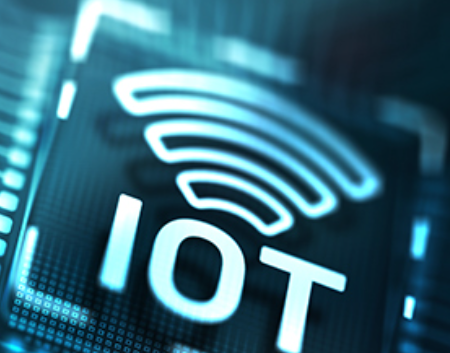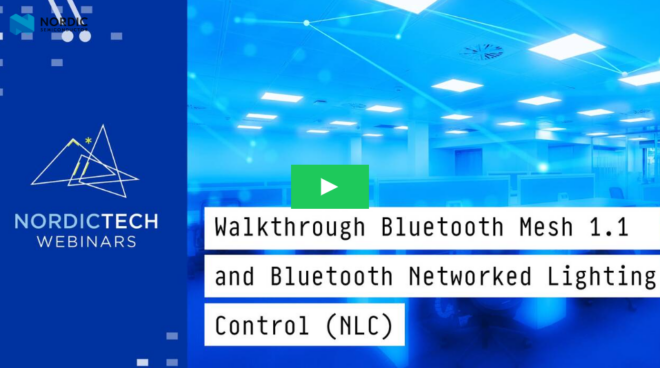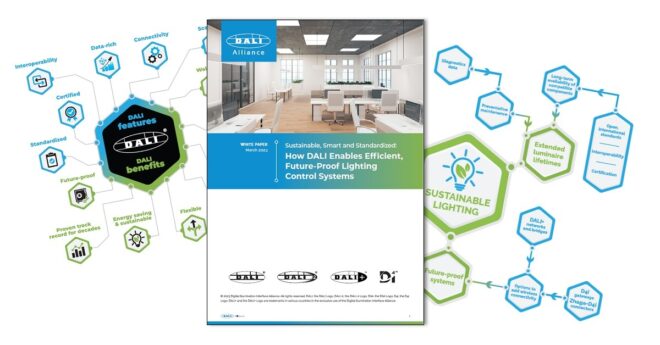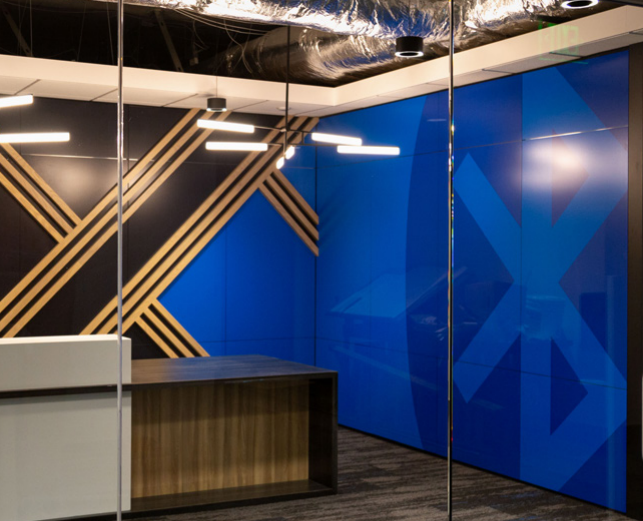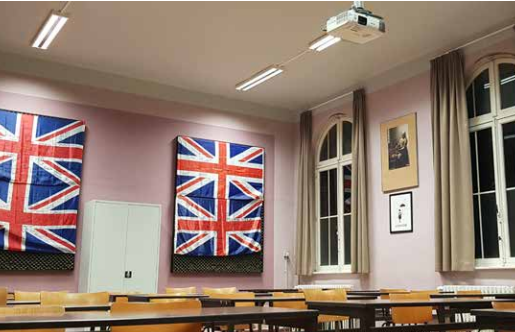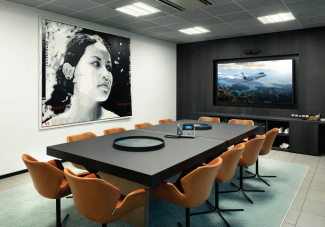
In the world of the smart building, smart has real meaning. Creating buildings whose performance is optimised with respect to a variety of goals and which meet the increasingly challenging demands of building and energy efficiency regulations is a tough job these days. Energy use must be minimised and operating costs kept low. Conditions which enhance the work environment for employees, so that they too can perform at their best, must be brought about. And the only way to accomplish all of this is to leverage new technology and exploit the data and fine-grained control over building systems which it makes possible.
Connected Lighting is the Key
Lighting offers intriguing possibilities in a smart building. It’s permanently powered and found more or less everywhere. Installing new wireless network innovations lets you create a natural connectivity grid, allowing lights, switches, and associated sensors to communicate directly, without intermediate controller devices and of course, without wires.
New and exciting technology enablers create the opportunity for building truly smart environments where lights can be much more than just lights.
The benefit of losing the wires should not be underestimated. Not only is the cost of materials and labour needed to install and commission the system at the start reduced, but the wireless relationship between lights, switches, and sensors makes for a much more flexible system, allowing changing requirements to be accommodated more quickly, more easily, and at a lower cost.
New and exciting technology enablers create the opportunity for building truly smart environments where lights can be much more than just lights.
Automation
A smart building makes extensive use of automation. Using ambient light sensors, a constant ambient light level can be maintained in a room by automatically increasing the level of the artificial light when the natural light from windows and skylights is less bright due to the time of day or weather conditions. Conversely, when bright sunshine is streaming into the room, the artificial lights can be turned down or completely off. This is called daylight harvesting.
Occupancy sensors can trigger automatic lighting changes such as switching on the office lights when the room is occupied or off when it is not. Usually, the requirement for occupancy controlled lighting is a little more sophisticated than that however and an equally sophisticated wireless solution is required to provide the ability to initiate lighting transitions which vary the brightness of lamps as they pass through a series of defined states, using configured timing parameters.
Daylight harvesting and occupancy triggered changes are just two examples of smart building automation. Applications like these offer a glimpse into realistic opportunities for building truly smart environments on a connected lighting platform.
The Anatomy of a Light
Our smart light is a computer with software, hardware, and communications capabilities and, like any computer, it’s programmable. It is its programming which defines what it does.
- The luminaire obviously includes lighting hardware such as LED lamps and it may include some integrated sensors. The microcontroller it includes is a programmable chip which can execute code.
- The Bluetooth Mesh component is the wireless communication component.
- That leaves the application layer. Informally, the application layer is where product behaviours are implemented.
But what if we could run more than one application within our smart light?
This is the key question and the one which brings us to the revelation that smart lights can be a platform for multiple building services and do much more than provide light and lighting control, such as way finding and asset tracking.
Our smart light is a computer with software, hardware, and communications capabilities and, like any computer, it’s programmable.
Way Finding
Beacons broadcast a unique ID which an application on a smartphone or tablet can translate to a location or object about which it has some information. Beacons are increasingly common in museums and art galleries, airports, and shopping centres. Lights in a mesh network could contain software allowing them each to act as a beacon, enabling indoor navigation or way finding to be offered to building users via their smartphones.
Asset Tracking
Beacon technology can be embedded into all manner of objects. If an object contains a beacon, it becomes very easy to find when it has been mislaid. Workflows and processes can be optimised when the location of every key item in that process is known, too. Lights can run software which scans for beacon broadcasts and communicates details of those found and their location across the mesh network. In this way, a building’s smart lighting system can also provide an asset tracking capability.
Of course, while way finding and asset tracking are good examples, no one really knows the full extent of future applications. It’s exciting to consider the potential smart building services that a smart lighting system will be able to support.
Bluetooth Mesh as a Smart Lighting Platform
Bluetooth® Mesh smart lighting systems have the potential to act as a distributed network of small computers, each able to communicate wirelessly, efficiently, and securely with other mesh devices. In addition to providing the capabilities we expect of lighting systems, they can host all sorts of other building-related applications and enable truly smart building services to be created.
For a deeper look at how smart lighting paves the path for creating smart buildings, check out part 2 of this article: Lighting as a Platform Part 2: Creating the Smart Building.
![]()
FEATURED DOWNLOAD
Bluetooth Mesh Networking: Paving the Way for Smart Lighting
Bluetooth Mesh networking brings the multi-vendor interoperability, low power, and low latency pedigree of Bluetooth Low Energy to the world of commercial lighting. Discover how this innovative technology can turn wireless connectivity into a smart lighting wireless platform.

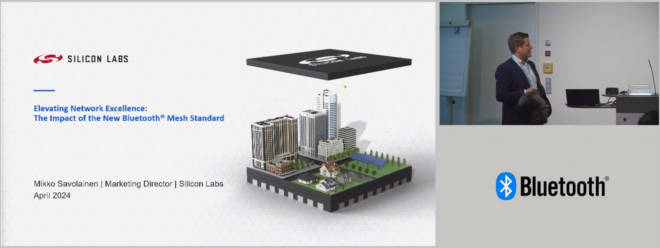


![shutterstock 1653733096[1]](https://www.bluetooth.com/wp-content/uploads/2024/03/shutterstock_16537330961-660x372.jpg)



